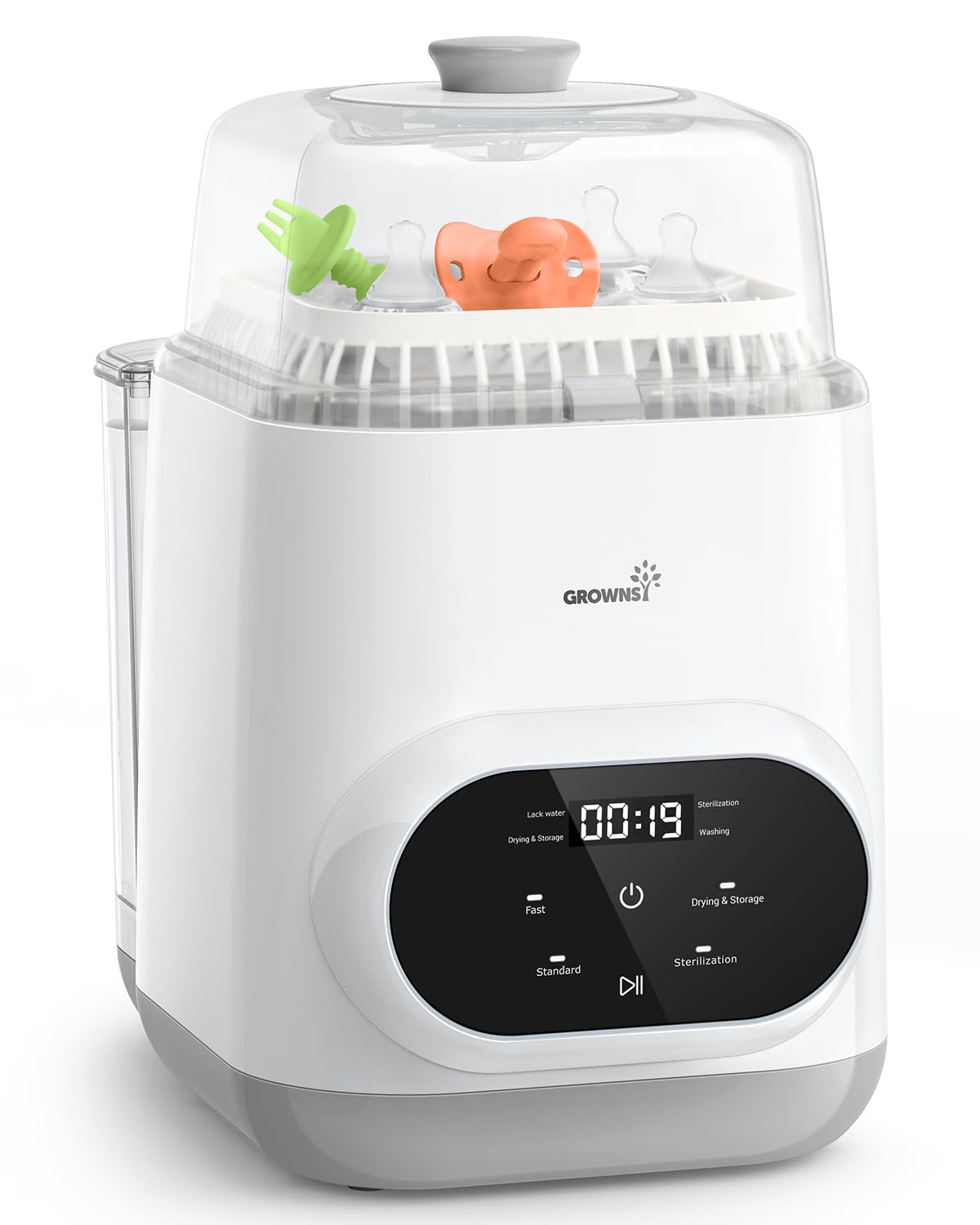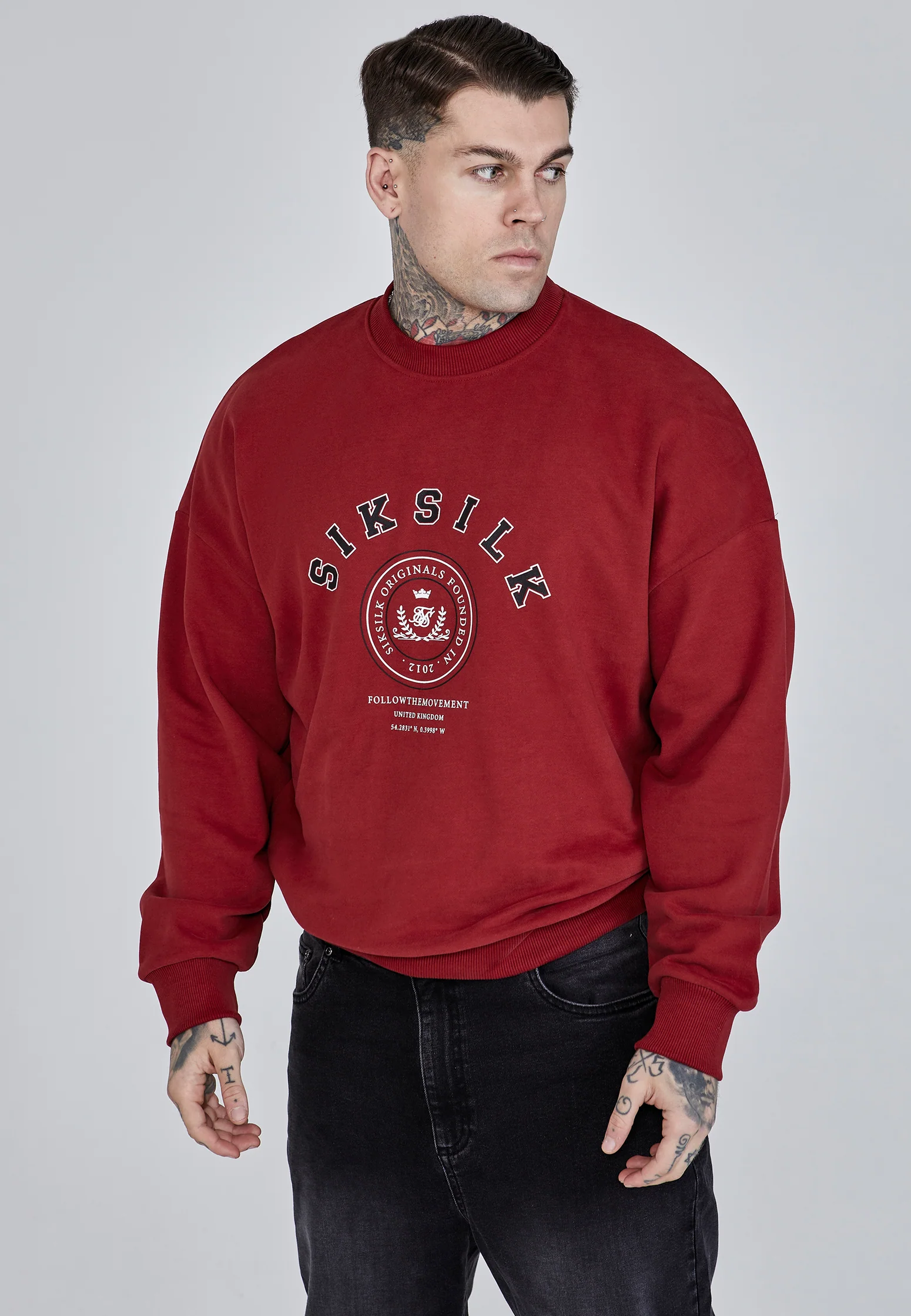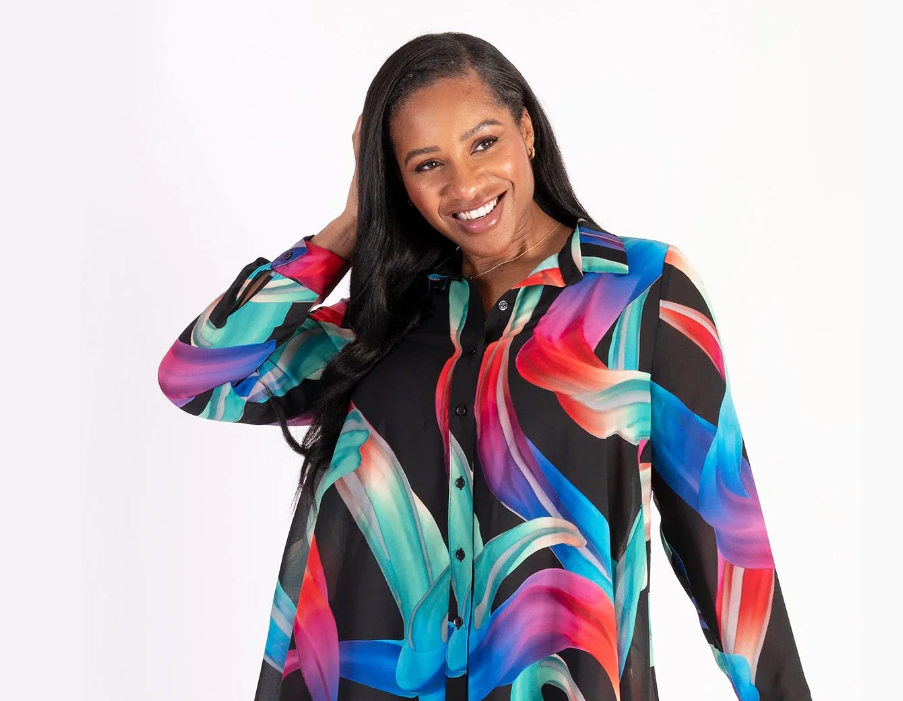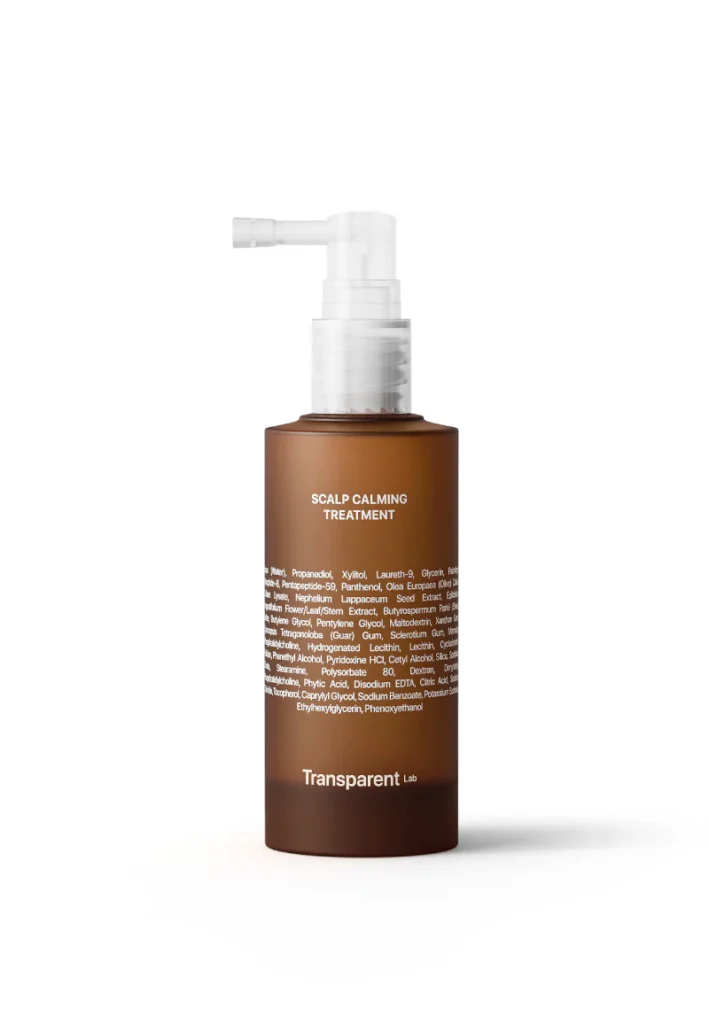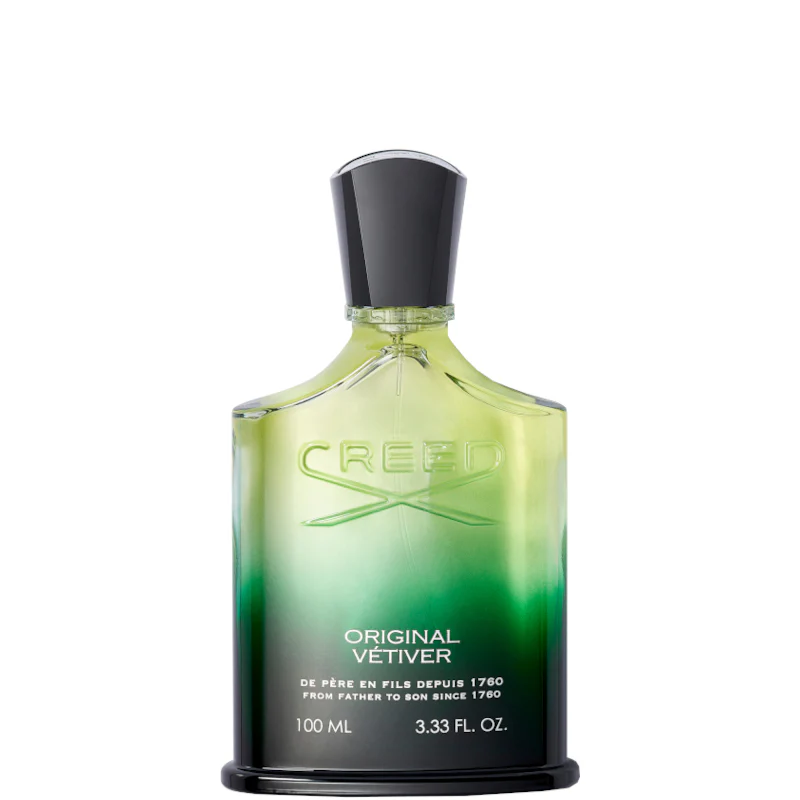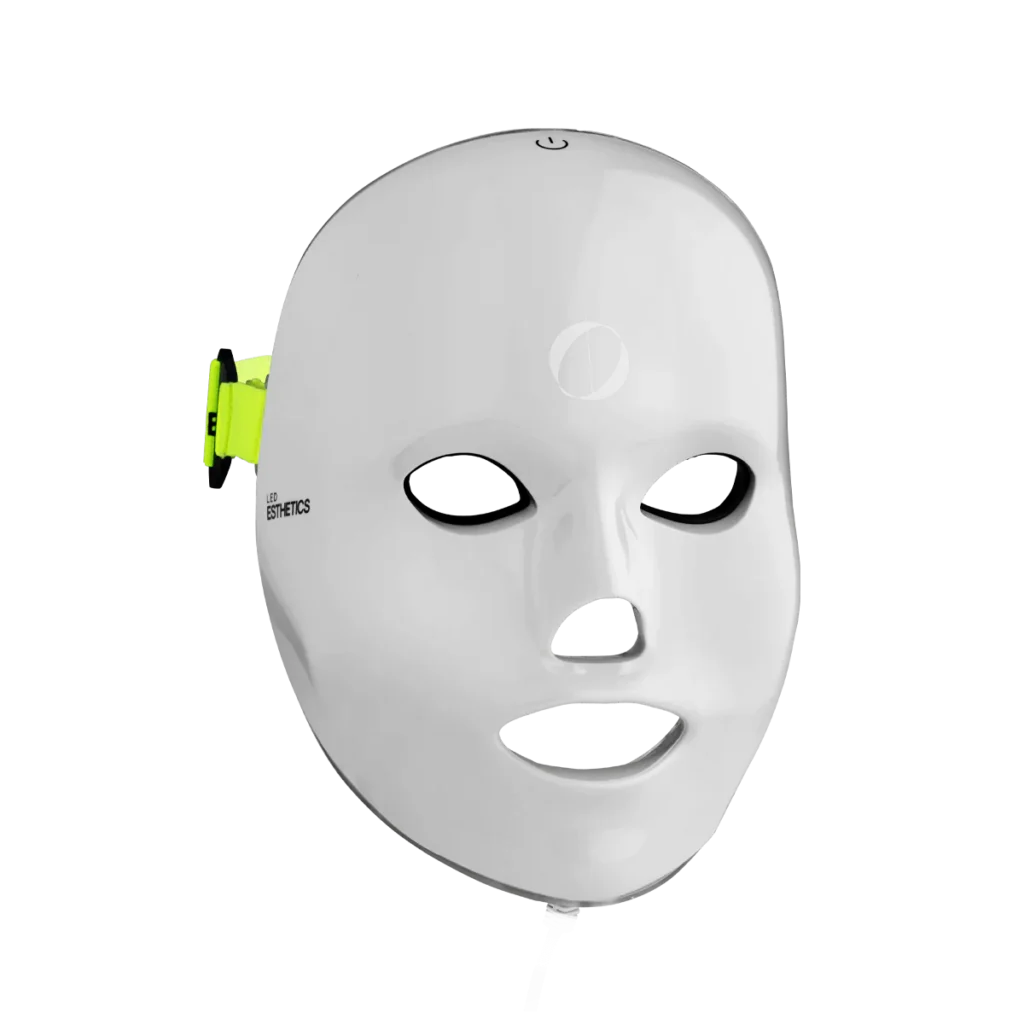If your sink has become a revolving door of bottles, nipples, and pump parts, you’re not imagining it—infant care quietly generates a mountain of tiny things that demand precise, frequent cleaning. The Grownsy EaseClean Bottle Washer Pro exists to make that pile manageable. Think focused water jets, organized racks for small pieces, and repeatable cycles that remove the guesswork. In this guide, we’ll walk through smart setup, best-practice loading, cycle picks for day vs. night, hygiene tips that matter, and real-life workflows for newborns, pumping parents, and bottle-plus-solids routines. The goal: consistent clean with less time at the sink.
Shop Grownsy EaseClean Bottle Washer Pro

Why a Dedicated Bottle Washer Helps (Even If You Own a Dishwasher)
Regular dishwashers excel at big plates and pans. Baby gear is the opposite—lightweight, hollow, and full of crevices that need targeted flow. The Grownsy EaseClean Bottle Washer Pro is purpose-built for small, delicate items and frequent, smaller loads. Instead of waiting for a full dishwasher cycle (and losing half your rack to bottle parts), you can clean on-demand with trays and posts that secure nipples, rings, valves, and straws so jets actually reach what matters. Translation: fewer re-washes, fewer “is this really clean?” moments, and less time hovering over suds.
Setup: Placement, Water, and Power
- Counter spot: Choose a level, ventilated area near a sink or water source. Leave a few inches around the unit for airflow and lid clearance.
- Water supply: Follow the manual for filling or hose hookup per your model; use potable, cool or warm water as directed. If your area has very hard water, consider filtered water to minimize mineral spots.
- Power & safety: Use a grounded outlet and keep the cord away from wet zones. If your kitchen is compact, a short, dedicated extension with surge protection can keep cables tidy.
Pro tip: place a silicone drying mat beside the unit for staging clean items or for catching the few drips you’ll move during unloading.
Load Like a Pro: Positioning That Actually Cleans
The secret to reliable results is how you place parts:
- Bottles go over the vertical jets or pegs with mouths facing down so spray reaches the interior and drains easily.
- Nipples seat on slim posts or in a mesh tray; avoid nesting them together—water trapped between silicone pieces can linger.
- Rings & caps sit upright in the accessory tray so jets can access threads.
- Pump valves, membranes, and flanges spread out in a fine-mesh container; don’t stack membranes.
- Straws & sippy parts thread onto narrow posts or into straw holders so water runs end-to-end.
Leave visible gaps so spray can circulate; “Tetris” is great for suitcases but bad for water flow. When in doubt, shake each piece: if it rattles but doesn’t fly off, you’ve secured it well.
Detergent & Water Temp: Tiny Doses, Big Difference
Baby-safe detergents work best in small amounts. Over-soaping can leave residue that clings to silicone and resists rinsing. Use the smallest dose recommended for compact washers, and avoid additives like bleach unless your manual explicitly allows it. Warm (not scalding) water improves fat/protein breakdown from milk without risking warping of softer plastics. If a bottle held fortified milk or formula and feels slick, a quick pre-rinse keeps oils from redepositing.
Shop Grownsy EaseClean Bottle Washer Pro
Cycle Planning: Match Time to Real Life
Build a simple schedule so you never hit the “last clean bottle” panic:
- Morning quick run: Overnight bottles, pacifiers, and any pump parts used at dawn.
- Afternoon top-off: Lunch sippy cups, snack containers, and teethers that hit the floor.
- Evening full load: The day’s bottles, rings, nipples, and pump pieces.
If you’re pumping, sync a cycle right after your biggest session; washing that kit immediately avoids dry, caked milk film later. The Grownsy EaseClean Bottle Washer Pro is designed for frequent, smaller loads—exactly what baby routines demand.
Hygiene That Matters: Clean ≠ Sterile, and That’s Okay
“Clean” means food residue is gone and surfaces are rinsed well. Many families add periodic sterilization (via separate device, boiling, or a sterilize cycle if available) during newborn months or for preemies, but daily sterilization isn’t always necessary once your pediatrician gives the green light. What is essential: consistent washing, good drying practices, and storage that prevents re-contamination.
- After washing: Let items dry completely. Trapped moisture invites odor.
- Drying options: Use the unit’s dry/air cycle if included, or transfer to a clean, ventilated rack.
- Storage: Keep clean parts in a closed, dry bin or dedicated cabinet away from raw food prep zones.
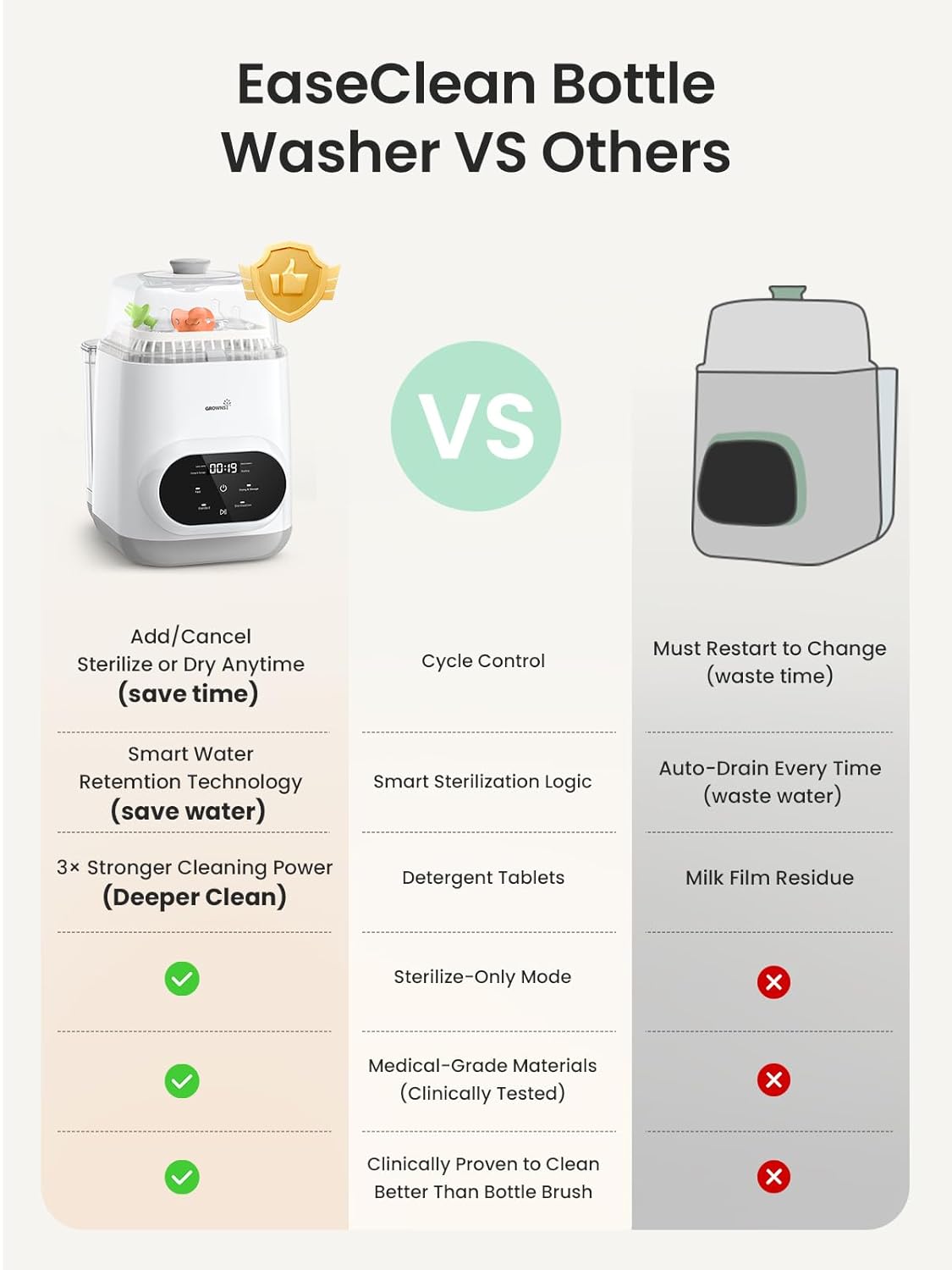
One Hybrid Block (Bullets + Guidance): 60-Second Loading Checklist
- Bottles inverted on pegs/jets, spaced apart
- Nipples not nested; each on its own post
- Rings upright; threads exposed to spray
- Valves/membranes flat in mesh tray, single layer
- Straws on holders end-to-end
- No part blocking another’s opening
- Light detergent dose; warm water
- Lid closed fully and rack locked before starting
Pump Parts & Breast Milk Residue: Special Care
Protein films are stubborn. If you notice a slick feel after cycles, add a quick pre-soak in warm water with a tiny drop of baby-safe detergent, then load. Prioritize separation: valves and membranes should never touch during the wash. If your unit includes a targeted jets mode, place flanges so spray hits the milk path directly. Rotate multiple sets through the Grownsy EaseClean Bottle Washer Pro to keep workflows moving on busy days.
Shop Grownsy EaseClean Bottle Washer Pro
Beyond Bottles: What Else Fits?
Many families run sippy lids, snack cup inserts, pacifiers, teething rings (check heat limits), straw tips, and small lunchbox containers. For older babies, add trainer utensils and silicone placemats (folded loosely if size allows). As always, check manufacturer heat/cleaning guidance; when in doubt, run a gentler cycle and avoid high heat on softer silicone.
Drying Done Right: Say Goodbye to Damp Parts
Even a perfect wash can be undermined by poor drying. If your Grownsy EaseClean Bottle Washer Pro offers a drying or air cycle, use it after the wash to move moisture off complex shapes. If you air-dry separately, place parts on a rack with good airflow and avoid cloth towels that can shed lint or introduce microbes. Store completely dry—especially nipples and valves.

Maintenance: Keep the Machine Fresh and Powerful
- Daily: Empty any residual water, wipe the door seal and racks, and leave the lid cracked for a few minutes to vent.
- Weekly: Rinse filters/mesh and check jets for milk film or mineral scale; a soft brush or toothpick clears nozzles.
- Monthly: Run a hot, empty cycle with a manufacturer-approved cleaner or a mild citric solution (if allowed) to descale.
- Always: Follow the manual’s guidance on max water temperature and approved cleaners.
A clean washer prevents “mystery smells” and keeps jets flowing at full strength.
Real-Life Workflows (Pick Your Household)
- Newborn Two-Parent Team: Keep a lidded caddy beside the sink for “used” parts; run the washer after each cluster of feeds (early morning, mid-day, evening). Overnight, one quick cycle before bed prevents morning backlog.
- Exclusive Pumper: Label two sets of pump parts (Set A/B). While you use A, B is washing and drying. Rotate so you always have a sterile-ish fresh set ready.
- Bottle + Solids: Add lunchbox containers and silicone spoons to the evening load. Use the mesh tray for straw tips and vent pieces.
- Caregiver/Grandparent Home Base: Pre-position a mini stash of bottles and nipples; a single afternoon cycle resets the station for the next visit.
Shop Grownsy EaseClean Bottle Washer Pro
Troubleshooting: Quick Fixes That Save the Day
- Cloudy film on parts: Reduce detergent, pre-rinse after particularly fatty feeds, and check water hardness (descale if you see mineral spots).
- Water pooling in nipples: Space them out and tilt slightly so air can escape; run a brief extra dry cycle or shake off excess before drying.
- Parts flipping during wash: Use included clips or mesh baskets; stop nesting silicones.
- Lingering odors: Clean the unit’s filter and run a maintenance cycle; verify items are fully dry before storage.
- Drips during unload: Open the lid and let steam vent for a minute, then unload from the bottom rack up to avoid raining on clean items.
Safety & Materials: Common-Sense Best Practices
Always check manufacturer temperature limits for your bottle brand, pump kit, and pacifiers. High heat can warp thin plastics or change silicone texture. Skip harsh chemicals unless explicitly allowed. Inspect nipples and valves regularly—if they feel tacky, thin, or torn, replace. Keep the washer cord clear of wet zones and supervise curious toddlers; the humming machine is fascinating, but small parts are not toys.
Cost-Per-Hour Saved: Why This Matters
Parents don’t need another device—they need time. A dedicated washer condenses repetitive micro-tasks into press-and-walk-away cycles. Over a week, even two saved hours is meaningful: more sleep, a slower coffee, ten extra minutes on the floor with your baby. The Grownsy EaseClean Bottle Washer Pro isn’t a luxury; it’s a workflow upgrade for the season of life with the least spare minutes.

Conclusion
Bottles, nipples, pump parts, sippy lids—baby life comes with a lot of small, high-touch items. The Grownsy EaseClean Bottle Washer Pro gives you a hygienic, repeatable way to clean them without living at the sink. Set up the unit where it’s easy to use, load parts so jets can do their job, pick cycles that match your day, and dry thoroughly before storage. Maintain the washer like any other kitchen tool, and build simple habits—pre-rinse, smart spacing, weekly maintenance—to keep results consistent. When cleaning becomes one button instead of ten little chores, your kitchen (and your mind) feel calmer.
Shop Grownsy EaseClean Bottle Washer Pro
FAQ
- Can I sterilize in the washer or do I need a separate device?
Follow the manual. Some units include high-temperature or sanitize cycles; others are wash-and-dry only. Many families wash daily and sterilize periodically as advised by their pediatrician. - What detergents are safe?
Use a baby-safe, fragrance-free detergent in small doses. Avoid bleach or harsh chemicals unless the manufacturer explicitly allows them. - Will it fit wide-neck bottles and pump flanges?
Most dedicated racks accommodate a mix of neck sizes and flange shapes. Place larger items over central jets and keep clearances around openings. - How long does a cycle take?
Cycle times vary by setting (quick vs. full wash and dry). Plan short “catch-up” runs during the day and a longer evening cycle for the full kit. - Do I still need to hand-wash anything?
Heavily soiled parts benefit from a quick pre-rinse; otherwise the washer handles the routine cleaning. Inspect tiny valves/membranes and re-run if needed rather than scrubbing aggressively. - Why do parts still feel damp after drying?
Condensed moisture can hide in deep crevices. Give items a brief air rest on a clean rack or run a short extra dry cycle. - How do I prevent milk film build-up?
Pre-rinse right after feeds, use minimal detergent, keep water warm, and descale the unit regularly if you have hard water. - Is it worth it if I already have a dishwasher?
If you’re washing daily baby gear, yes. Purpose-built racks and targeted jets reduce re-washes and let you clean small loads without waiting for a full dishwasher cycle.


